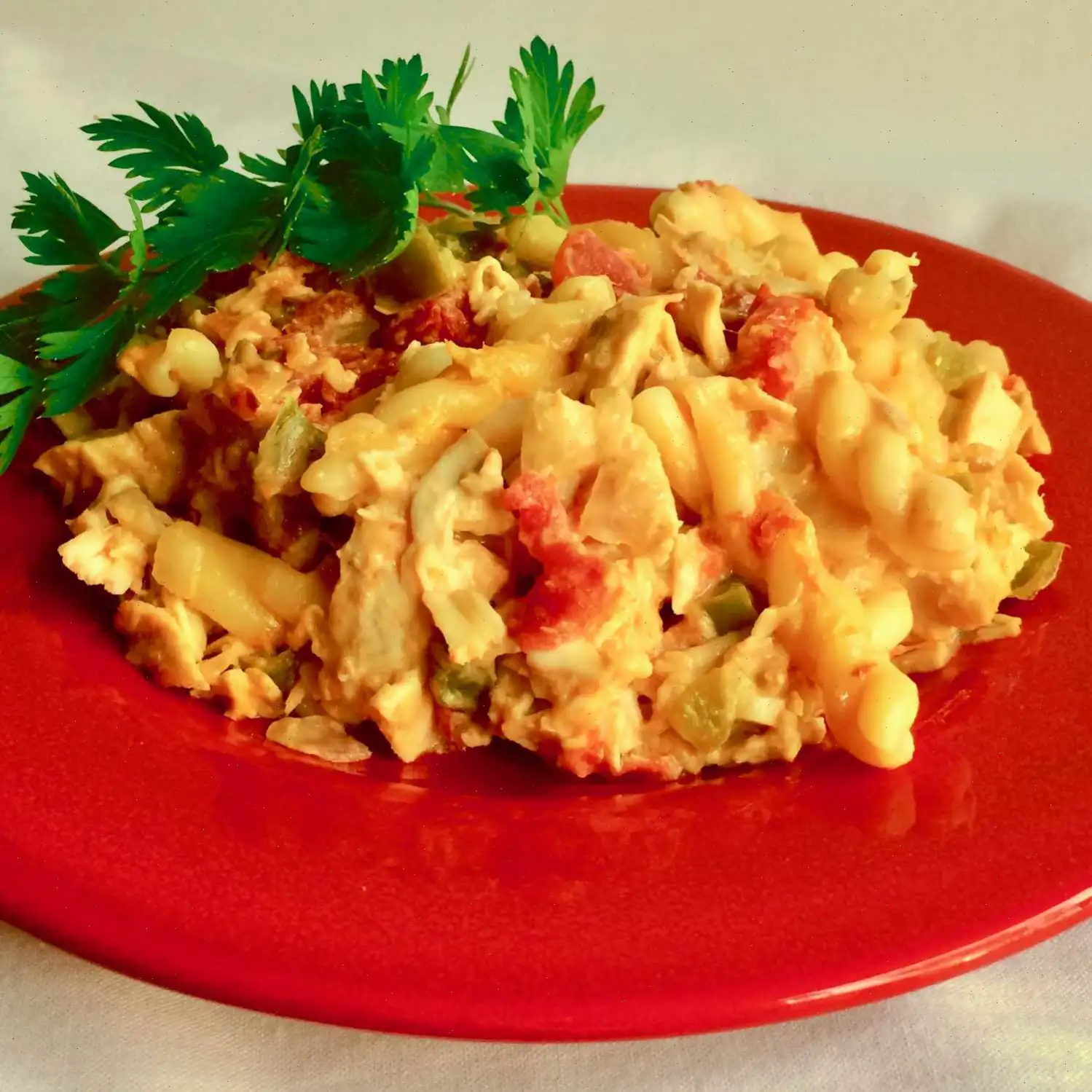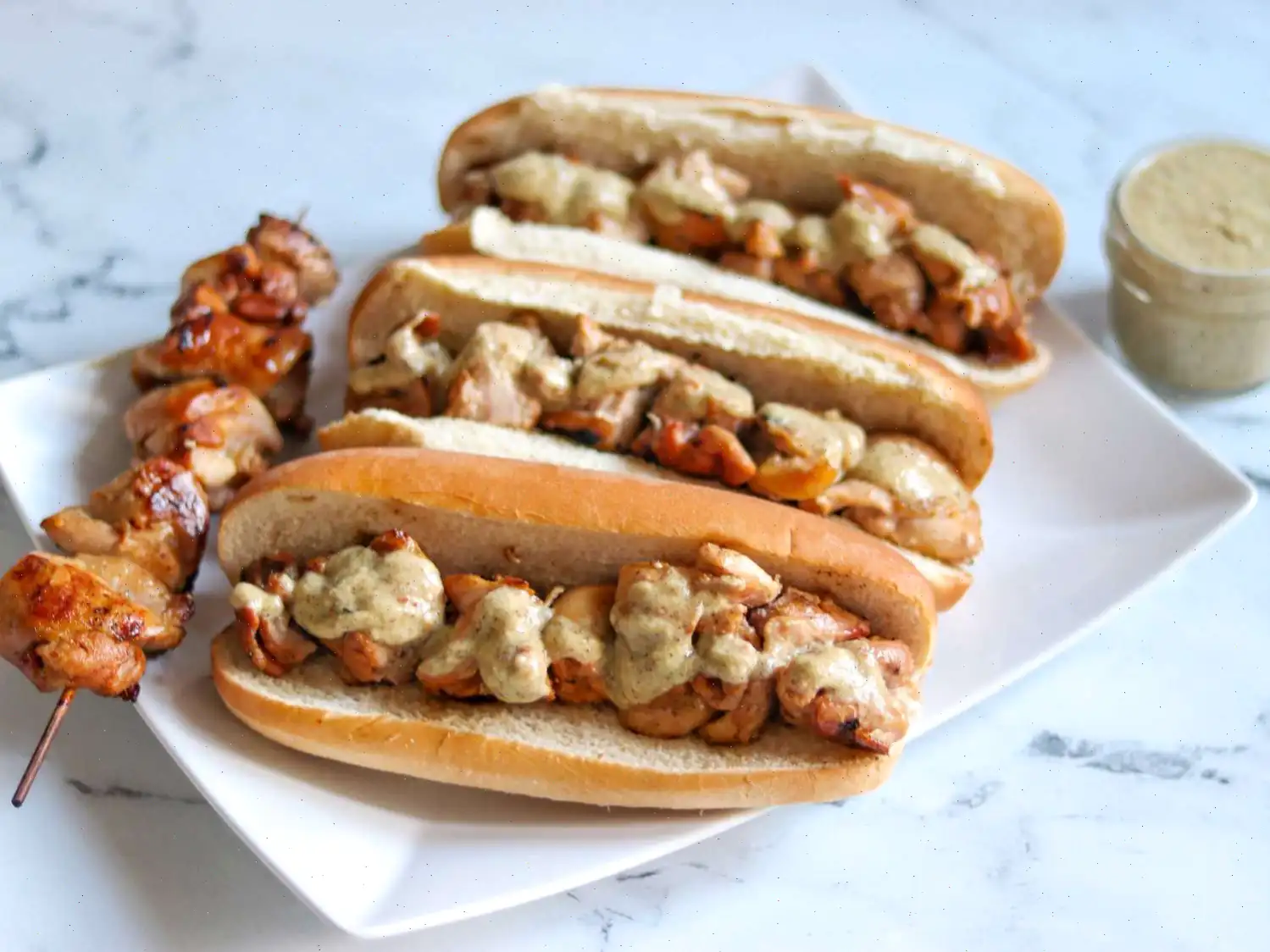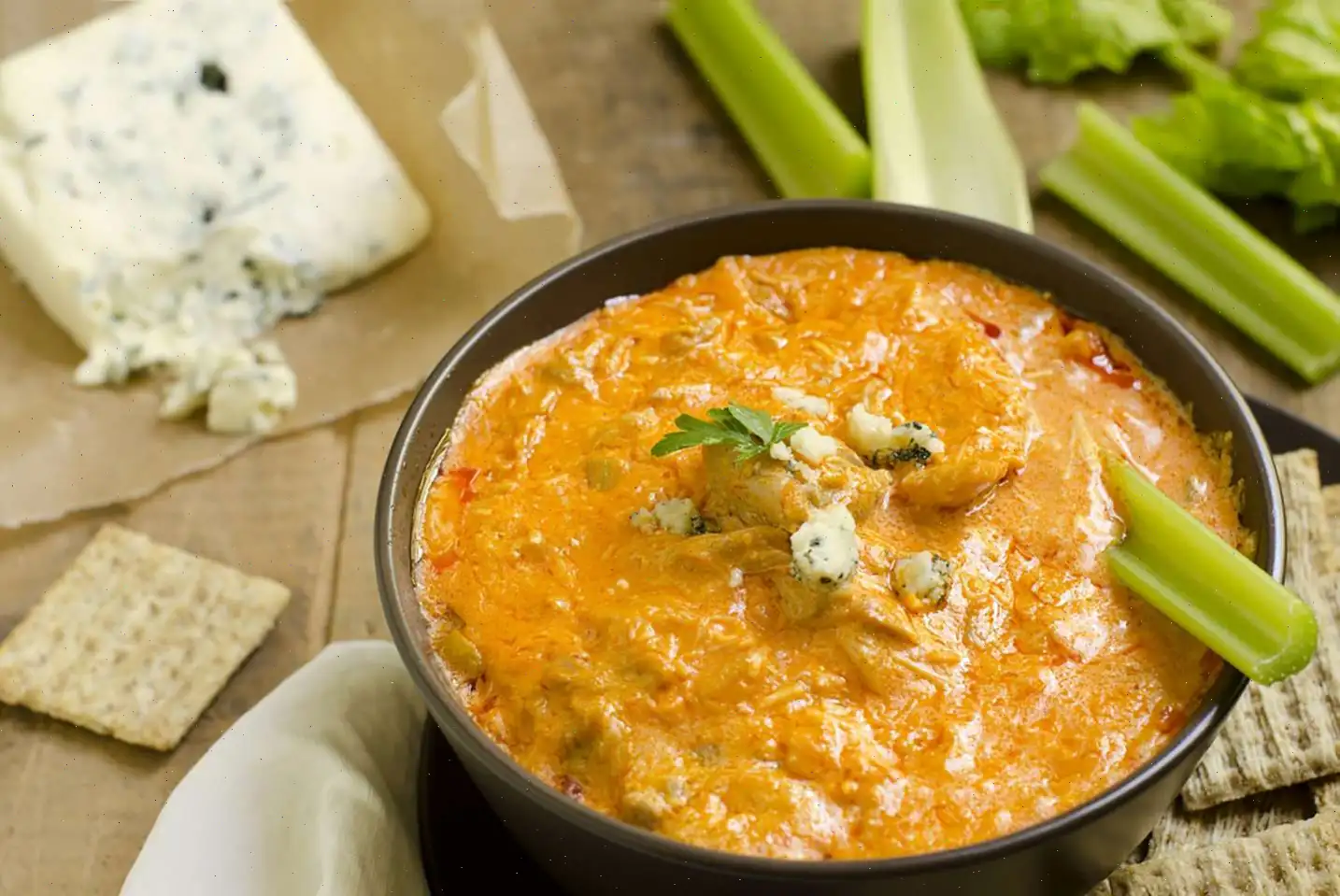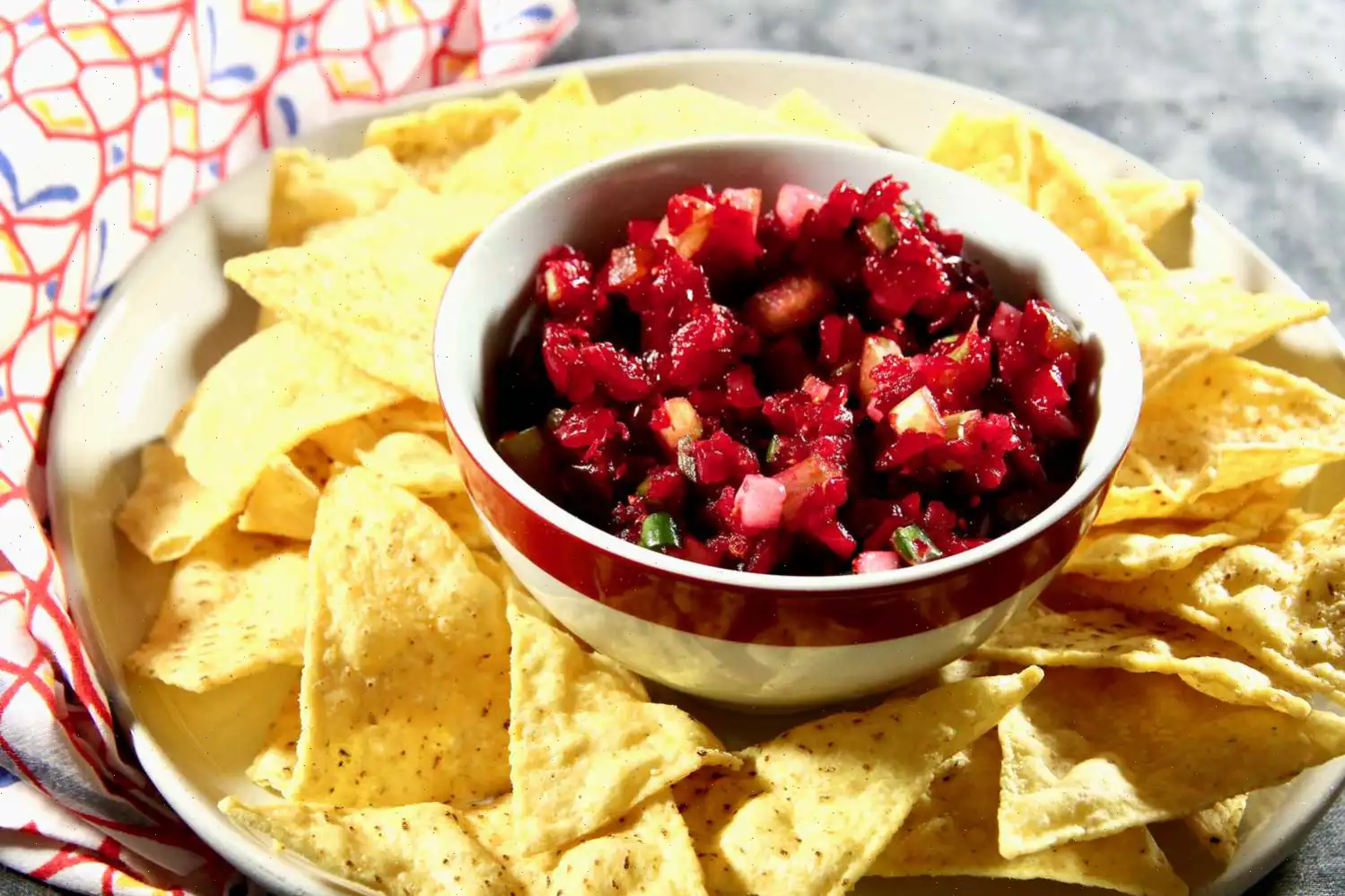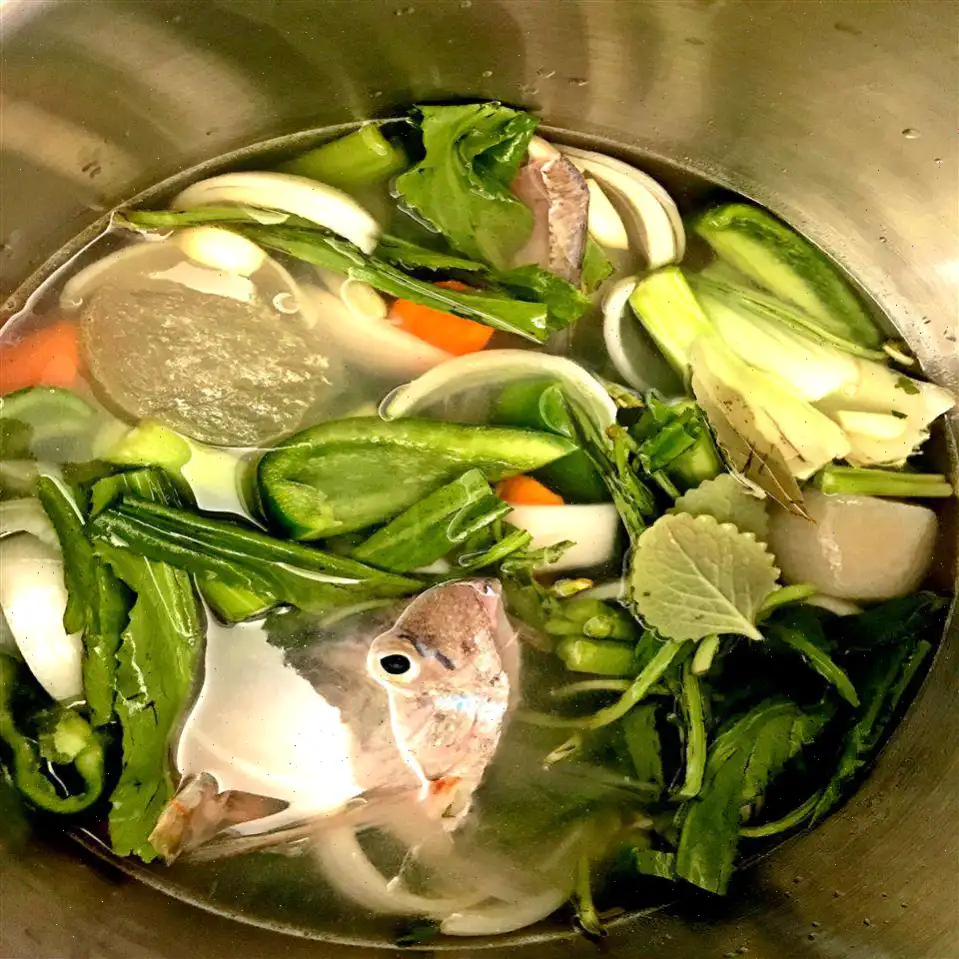
Dashi Butter Chicken Recipe
Save to MyRecipes
Ingredients
For the Marinade:
- 2 cloves garlic, finely minced
- 1 tablespoon finely minced pickled ginger
- 3 tablespoons soy sauce
- 3 tablespoons sake
- 1 tablespoon mirin
- 1/4 teaspoon sesame oil
- 1 pinch cayenne pepper
- 1/2 teaspoon white sugar
For the Chicken and Dashi Butter Sauce:
- 2 large skinless, boneless chicken breasts
- 2 tablespoons potato starch or cornstarch (optional)
- 3 tablespoons vegetable oil
- 1 cup chicken broth
- 2 tablespoons reserved marinade
- 3 tablespoons rice vinegar
- 1 teaspoon instant dashi granules
- 2 tablespoons cold unsalted butter
- 1 teaspoon furikake, or as needed, for garnish (optional)
Directions
Step 1: In a shallow dish, combine garlic, pickled ginger, soy sauce, sake, mirin, sesame oil, cayenne pepper, and sugar. Mix everything together with a fork and set the marinade aside.
Step 2: Lay the chicken breasts between two pieces of plastic wrap. Use a mallet to pound them to an even thickness.
Step 3: Transfer the chicken breasts to the marinade, tossing to coat thoroughly. Spoon some of the marinade over the top. Cover the dish tightly and marinate in the refrigerator for 30 to 60 minutes.
Step 4: After marinating, remove the chicken breasts from the marinade and place them on paper towels to blot dry. Do not discard the marinade.
Step 5: Lightly dust both sides of the chicken breasts with potato starch, cornstarch, or flour. This step is optional, and you can skip it if you prefer to pan-fry the chicken without the coating. Alternatively, the chicken can be grilled or roasted to your desired doneness, and the sauce will be prepared in the same way.
Step 6: Heat the vegetable oil in a nonstick pan over medium-high heat. Once shimmering, shake off any excess starch from the chicken breasts and place them in the pan, smooth side down. Let them cook for about 3 minutes without disturbing them.
Step 7: Once the chicken begins to sizzle, reduce the heat to medium. Flip the chicken over and cook for another 3 minutes. Flip again and cook for an additional minute or until the chicken is no longer pink in the center and juices run clear. The internal temperature should read 165F (74C) on an instant-read thermometer.
Step 8: Transfer the chicken to a plate and place it uncovered in a warm oven while you make the sauce.
Step 9: Pour off any excess oil from the pan and return it to high heat. Add the chicken broth, 2 tablespoons of reserved marinade, mirin, rice vinegar, and dashi granules. Bring the mixture to a boil, stirring occasionally.
Step 10: Cook the sauce for about 4 minutes, or until it reduces by at least 75% and thickens slightly.
Step 11: Turn off the heat and add the cold unsalted butter. Swirl the pan until the butter is fully incorporated into the sauce.
Step 12: Plate the cooked chicken breasts and spoon the sauce over the top. If desired, garnish with a pinch of furikake.
Nutrition Facts
Per Serving (2 servings total):
| Calories | 650 |
| Total Fat | 40g |
| Saturated Fat | 12g |
| Cholesterol | 135mg |
| Sodium | 2470mg |
| Total Carbohydrates | 20g |
| Dietary Fiber | 1g |
| Total Sugars | 11g |
| Protein | 42g |
| Vitamin C | 2mg |
| Calcium | 56mg |
| Iron | 2mg |
| Potassium | 580mg |
The Origins and Story of Dashi Butter Chicken
Dashi Butter Chicken is a modern culinary creation that blends Japanese and Western influences. While inspired by traditional Japanese dashia clear broth made from kombu seaweed and bonito flakesthis dish incorporates the rich, creamy essence of Western-style butter sauces. The combination of umami-packed dashi with tender chicken and buttery sauce creates a harmonious fusion that has quickly gained popularity in home kitchens and restaurants alike. Chef John Mitzewich, known for inventive yet approachable recipes, developed this dish to highlight the versatility of pan sauces while honoring Japanese flavor principles.
Regional Characteristics
Though Dashi Butter Chicken is rooted in Japanese ingredients, it is primarily considered part of contemporary American cuisine due to its adaptation and presentation style. In Japan, dishes typically focus on subtlety and balance, but this version emphasizes richness and depth, blending sweet, savory, and tangy notes. The use of sake, mirin, and soy sauce in the marinade reflects Japanese culinary traditions, while the butter finish adds a distinctly Western flair. Regional variations often include garnishes like furikake, pickled vegetables, or steamed rice, giving it a localized feel depending on where its served.
What Sets It Apart from Similar Dishes
Dashi Butter Chicken differs from traditional Japanese chicken dishes such as teriyaki or karaage in both flavor and technique. Unlike teriyaki, which relies heavily on a sweet soy glaze, Dashi Butter Chicken balances savory dashi broth reduction with the richness of butter, resulting in a nuanced sauce that clings to the chicken. Compared to karaage, which is deep-fried and crisp, this dish is pan-seared and coated lightly, allowing the sauce to enhance the natural juiciness of the chicken. The careful reduction of the sauce and the final butter swirl create a luxurious texture that distinguishes it from simpler pan-fried chicken recipes.
Where You Typically Find It Served
Dashi Butter Chicken is versatile in its presentation. It is commonly served in high-end fusion restaurants that specialize in Japanese-American cuisine. At home, it is often plated over steamed rice or alongside lightly sauted vegetables, making it suitable for weekday dinners or casual gatherings. The dish can also appear in bento-style meals or contemporary izakayas, where small plates highlight the delicate balance of flavors and textures. Its aesthetic appeal and comforting taste make it a favorite for both intimate dinners and social dining experiences.
Interesting Facts
- The term dashi refers to the Japanese stock used as a base, which is celebrated for its umami-rich properties that enhance both meat and vegetables.
- The use of butter in Japanese-inspired dishes is a relatively modern adaptation, influenced by Western cooking techniques.
- While the recipe is often served with chicken breasts, it can be adapted to chicken thighs or even seafood, demonstrating the versatility of the dashi butter sauce.
- Many chefs recommend pairing the dish with a light, crisp white wine or sake to complement the buttery, umami-rich sauce.
- Dashi Butter Chicken exemplifies the growing trend of culinary fusion, where traditional ingredients are reimagined in new contexts without losing their original essence.
You can listen to this recipe in AI audio format. Simply click the play button below to listen to the content in a format that suits you best. It’s a great way to absorb information on the go!
FAQ about Dashi Butter Chicken Recipe
Comments
Tyler Collins
07/09/2024 05:02:08 AM
I prepared this dish tonight and it was a hit with my entire family. If you plan to serve the chicken over rice, like I did, I suggest doubling the sauce recipe.
Frank Martin
11/14/2024 05:56:38 AM
Here is the rewritten review: "👍"
Amanda Nelson
03/24/2023 09:58:13 PM
This dish was absolutely fantastic. We skipped the sake and used white wine, rice wine vinegar, and water instead. The butter sauce really brought it all together perfectly. It was incredibly tasty. I will definitely be making this dish over and over again!
Edward Lee
08/20/2023 07:51:41 PM
I decided to omit the alcohol. His recipes are fantastic.




